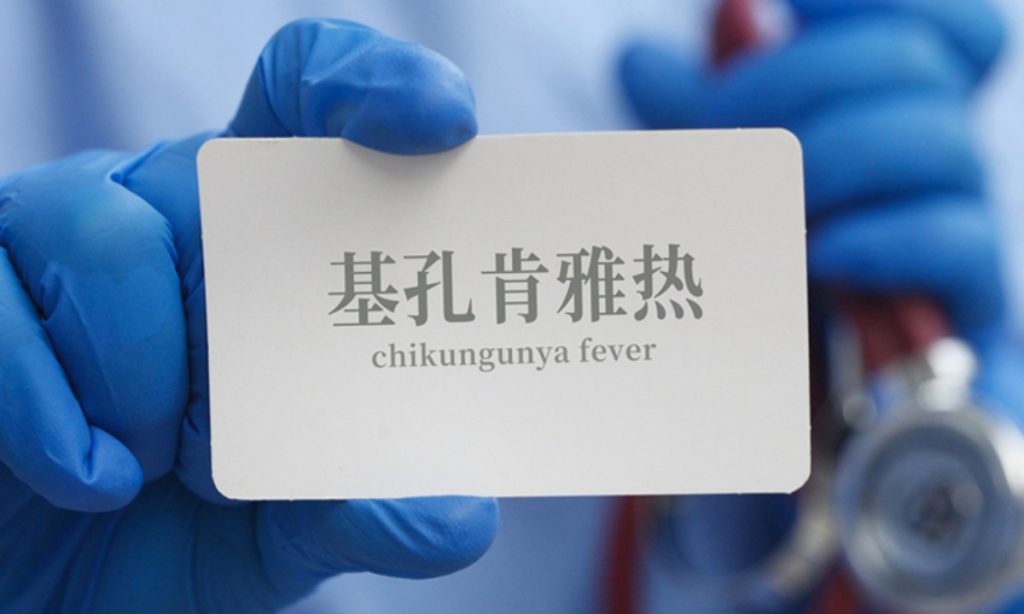South China's Guangxi listed as Category I risk area for chikungunya fever

The National Disease Control and Prevention Administration has issued the "technical guidelines for chikungunya fever prevention and control" (2025 Edition), listing South China's Guangxi Zhuang Autonomous Region as a Category I risk area for chikungunya fever, the same risk level as Guangdong.
Authorities at all levels have implemented multiple measures to strengthen transmission barriers. Guangdong Province has largely brought its chikungunya fever outbreak under control, with 1,387 new cases reported over the past seven days, the Yangcheng Evening News reported on Sunday, down from close to 3,000 weekly new cases in previous two weeks.
The disease control and prevention department in Nanning, capital of Guangxi has established a closed-loop mechanism featuring "2-hour core epidemiological investigation + 4-hour risk assessment + 24-hour response feedback," and formed three municipal-level rapid response teams operating in shifts with 24/7 standby to ensure suspected cases undergo complete epidemiological investigations within two hours and disinfection of core outbreak zones is completed on the same day.
Chikungunya fever is an acute infectious disease caused by the chikungunya virus and transmitted through the bite of Aedes mosquitoes, with transmission patterns and epidemic characteristics similar to dengue fever and Zika virus disease. It does not spread from person to person, but the virus can circulate in a "human-mosquito-human" cycle. In China, the primary vectors are Aedes albopictus (Asian tiger mosquito) and Aedes aegypti (yellow fever mosquito), according to the administration.
After an Aedes mosquito bites an infected human or animal during the viremic phase, the virus replicates inside the mosquito and migrates to its salivary glands. Following an extrinsic incubation period of two to 10 days, the mosquito becomes capable of transmitting the virus. A small number of patients may develop severe complications such as hemorrhage, encephalitis, or myelitis, and in rare cases, the disease can be fatal.
According to the "technical guidelines for chikungunya fever prevention and control,"
Category I regions are defined as areas with a longer active period of Aedes mosquitoes, higher historical incidence of local dengue fever cases, and an elevated risk of clustered outbreaks. Zhejiang, Fujian, Guangdong, Guangxi, Hainan, and Yunnan are listed as Category I regions for chikungunya fever risk.